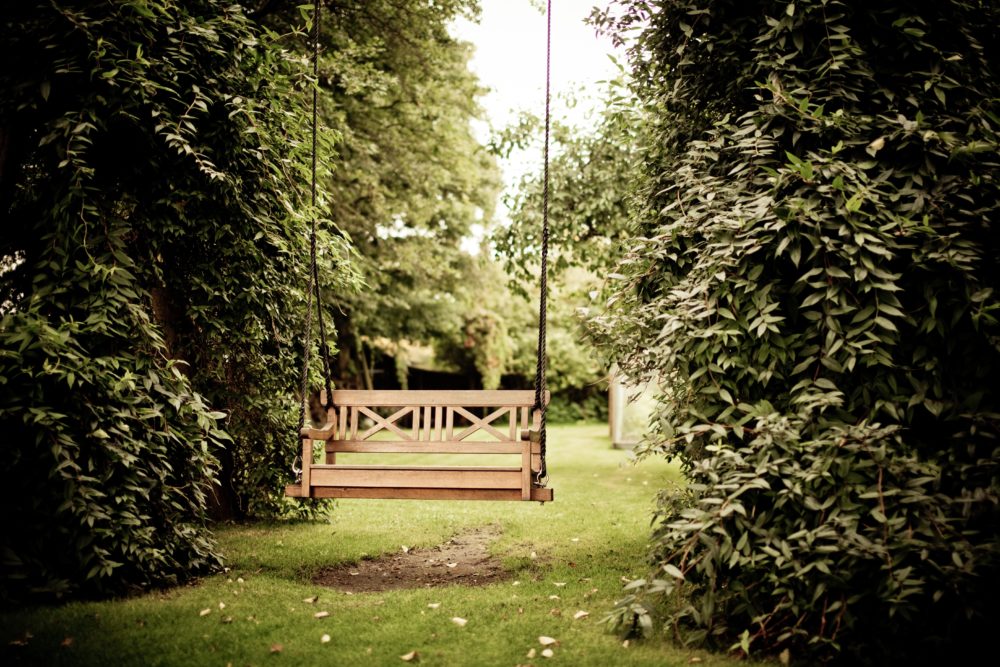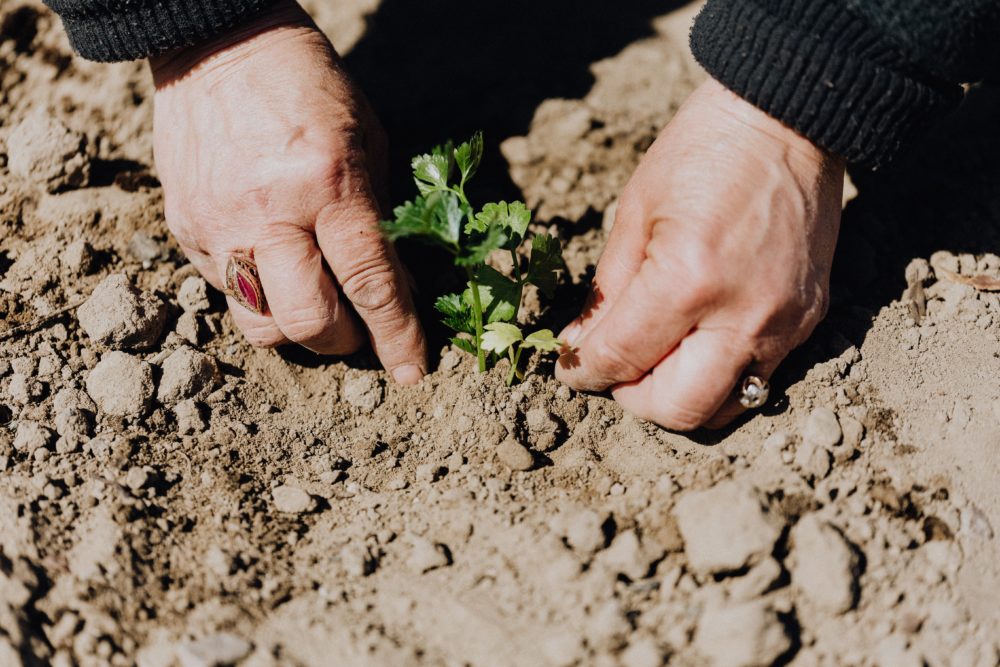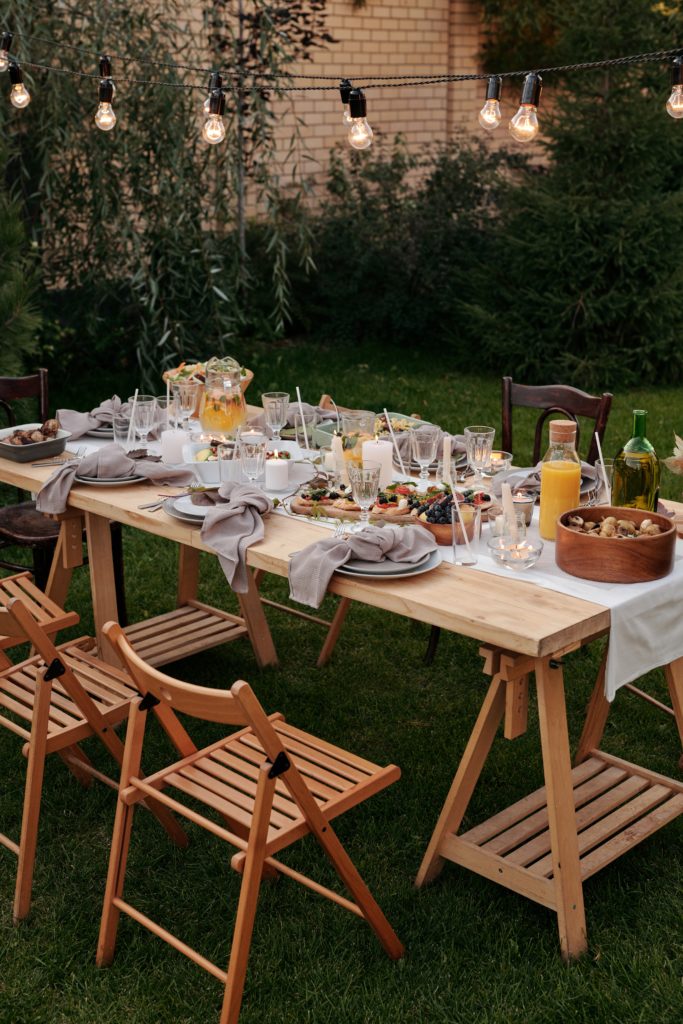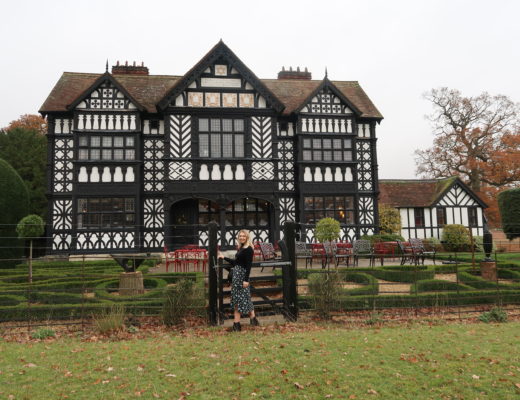If you are lucky enough to own a garden space, then you’ll know how amazing it is to have outdoor space for you and your family. However it can be a daunting prospect when you move in to a house and renovating the garden.
That’s exactly what happened to us this summer, after we moved in to our new house in the winter. It was a complete state, with a huge apple tree in the middle of the garden, mouldy apples littering the floor, overgrown plants, lots of weeds and much, much more.
We had a vision which we decided we wanted to conquer before the summer arrived and we did just that! Stay tuned for the vlog, which I will publish next week.
And one of the most important things we wanted to build in to our garden renovation was making sure it was suitable for wildlife, especially insects and bees. You may be surprised to know that there is an abundance of wildlife on your doorstep and there are some things that you can do to help it thrive.
Today we will be discussing how you can create a more wildlife friendly garden to help you make the most of your gorgeous green space.

Photo by Rene Asmussen from Pexels
Contents
1. Use a range of plants
If you want to create the ultimate wildlife friendly garden, then it is advised that you use a variety of plants which flower and seed during different times of the year. Both animals and insects are active and feed throughout different periods.
So, you want to ensure you are providing a variety of plants to help keep wildlife happy all year round.
If you need some advice on which plants you should go for, then you can learn more about this online as well as down at your local garden centre. It is always helpful to speak to other gardeners who will be able to give you some great advice.
Some plants may be more suitable for your garden than others. So, don’t be afraid to experiment to find out what works best for your green space. It can be a good idea to write down wildlife sightings so you can study which plants you need.
2. Water the garden regularly
It’s time to talk all things amphibians. From frogs to newts, there are several different amphibians that are native to the UK. They can be a great addition to your garden as they can help to keep pests at bay as they feed on a variety of invertebrates.
To help attract this wonderful wildlife to your garden you’ll need to add water. You can achieve this through creating a pond. However, this can be a big project depending on how big you want to make it.
It may be that your garden does not have adequate space to create a pond. Instead, you can keep a shallow dish filled with water in your garden. This will offer a bath and drinking water. However, you will need to ensure that it stays topped up.
You will need to pick a dish that has sloping side. That way, if an animal falls in they are able to get back out again.

Photo by Karolina Grabowska from Pexels
3. Put in bird feeders
Birds are a beautiful species and if you want to attract more of them to your garden then you will need to provide seed feeders. The type of species that will enter your garden will depend on the type of food that you put out.
When it comes to bird seed there are an array of options so it can be a good idea to put out a variety to see how many different species of bird you can attract.
If you are in need of supplies, then luckily Little Peckers can help. They have a huge range of bird supplies from mealworms to feeders and even bird baths.
The beauty of it is you can place your Little Peckers order from the comfort of your own home and before you know it, you’ll have your box of supplies on your doorstep.
4. Let wild flowers and plants grow
Having a wildlife friendly garden doesn’t mean you have to let everything grow out of control. However, it can help to leave some areas of your garden untamed. Providing a variety of habitats throughout your garden will help you to attract more wildlife.
Longer patches of grass are great for providing shelter whilst shorter patches of grass are helpful for animals who feed on worms.
It can also help to let some wild plants takeover. For example, dandelions are a great source of nectar for insects. However, a lot of us will pick them out of the grass to get rid of them. Instead of getting rid of them all, try to leave a small patch of them behind.
The more you can vary your green space, the more wildlife you will welcome throughout the year.

Photo by Askar Abayev from Pexels
5. Create a compost heap
Creating a compost heap from kitchen waste can have many great benefits. One of the most obvious is that it helps to reduce the amount of waste that goes to landfill.
Did you also know that a compost heap is an excellent source of food for wildlife? Minibeasts such as spiders and woodlice thrive alongside worms, snails and slugs.
If you do create a compost heap in your garden, then it is important to note that you shouldn’t move it during the winter months. Due to the compost heat being a warm spot, animals like hedgehogs will often choose to hibernate in it. If you need help on how to make a compost heap then luckily you can learn all you need to know from a quick online search.
6. Plant trees
Trees hold a lot of value and if your garden doesn’t have any then now could be the time to plant one or two to get you started.
Trees are hugely beneficial for wildlife as they provide shelter and cover from possible predators, but they also offer roosting and nesting sites for mammals and birds too.
When it comes to choosing a tree to plant in your garden, there are some you should and shouldn’t avoid. You can find out more about this through various wildlife resources online. Typically, you should be careful about planting larger trees near both your own and your neighbour’s house.
Larger trees can take decades to reach maturity and will need a lot of TLC and protection during their early years. Luckily, finding the right tree for your green space couldn’t be easier especially with the help of local garden centres and wildlife resources online.
With the help of some of these helpful tips above you will be well on your way to a wildlife friendly garden which is sure to have your neighbours green with envy.
If you on a bigger trip exploring more of Europe check out my guides to France, Germany, Greece, Iceland, Italy, Portugal, Spain and United Kingdom.
My Travel Tips and Recommendations
Flights
To book flights, I always use flight search engine Skyscanner, I regularly use the Everywhere tool to find the cheapest places to travel. It’s how I get to travel so much all around the world. I find it the easiest way to compare flight prices across airlines and get the best deals.
Accommodation
For accommodation, I usually book most of my hotels or hostels through Booking.com. I love using this platform as it provides me with some amazing deals for accommodation all around the world. Or if you prefer, I also recommend using Airbnb.
Travel Insurance
Picking travel insurance that covers you in all eventualities is an essential part of planning a trip for every single person. If you can’t afford travel insurance, you can’t afford to travel. You never know what’s around the corner.
You can also find me on social media: Facebook, Twitter, YouTube and Instagram.
Did you know I also vlog my trips? Make sure you subscribe to my YouTube channel so you get alerted when all my travel videos go live… CHECK THEM OUT HERE
Thank you for reading and as always happy adventuring! If you have any questions about the destination please leave these in the comments below.
If you’ve enjoyed this post, please share it for me with all your friends and family!
Sophie X



